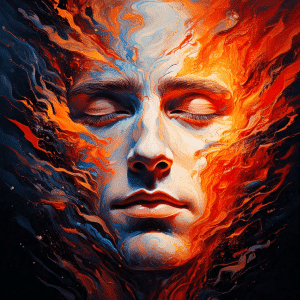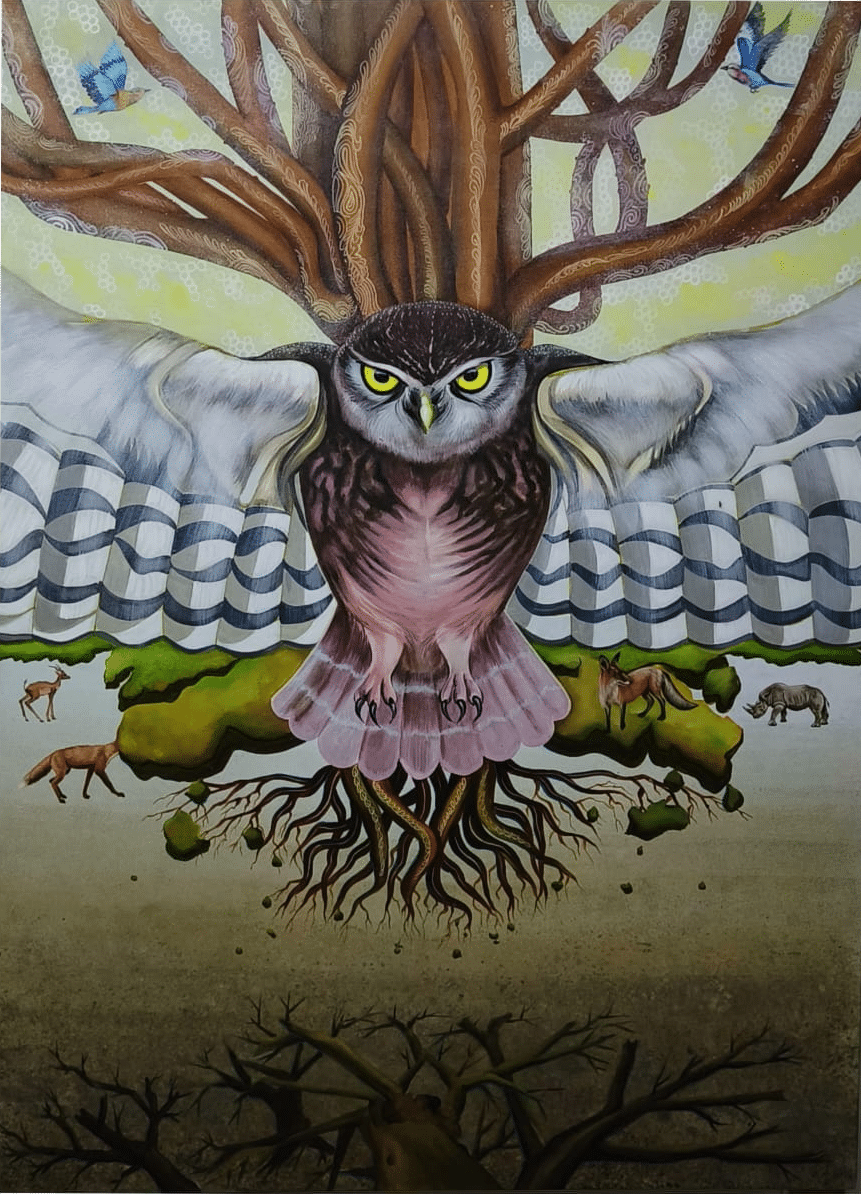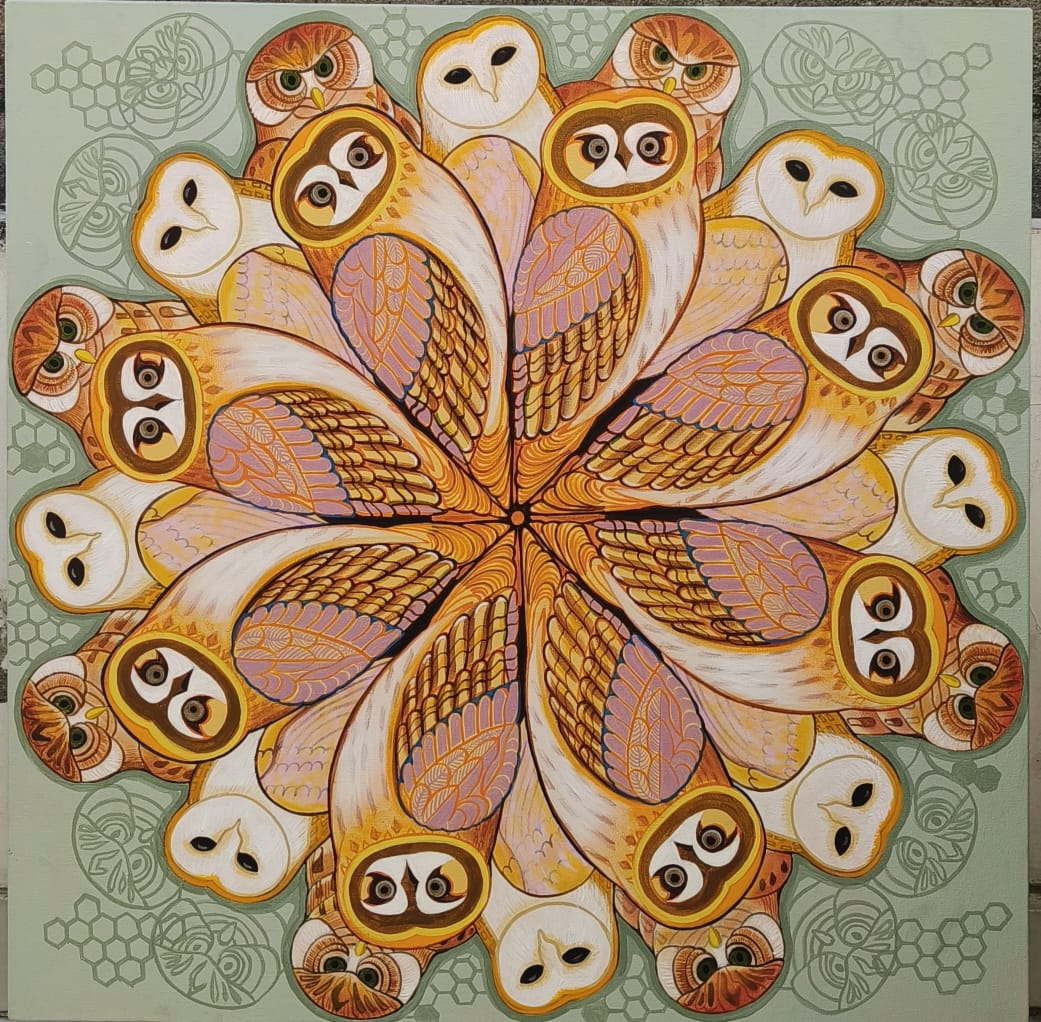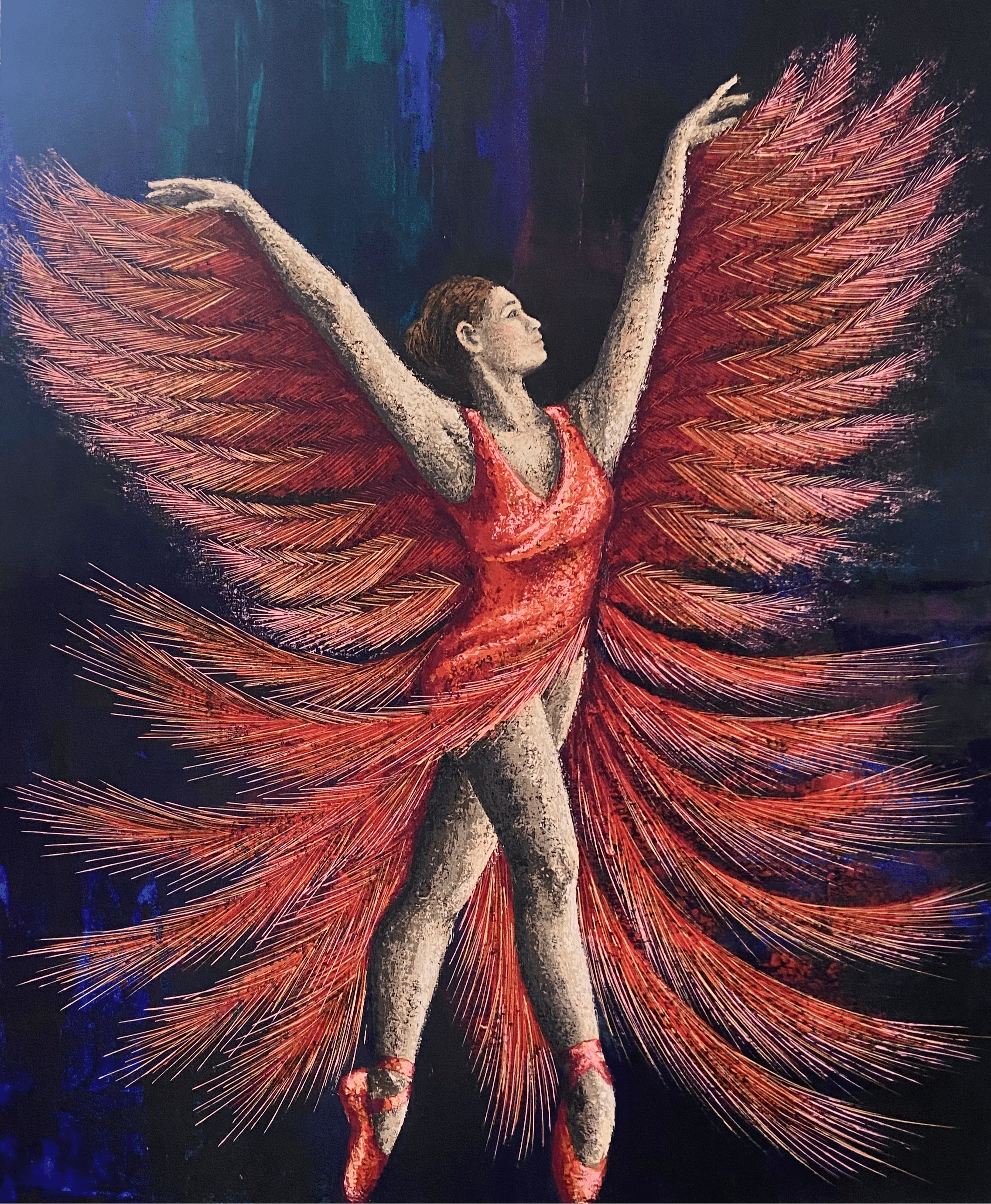
Pablo Picasso: Master of Modern Art—Life, Legacy, and Enduring Influence
The most influential figure in the art world, the Spanish painter Pablo Picasso, is one of the icons of modern art in the 20th century. He left the world spellbound with his world-class famous paintings like the 1937 anti-war painting “Guernica” and the proto-Cubist “Les Demoiselles d’Avignon” (1907) and some more masterpieces. He is one of the founding fathers of Cubism, co-founding collage and invention of constructed sculpture, and is well known for developing and exploring a wide variety of styles.
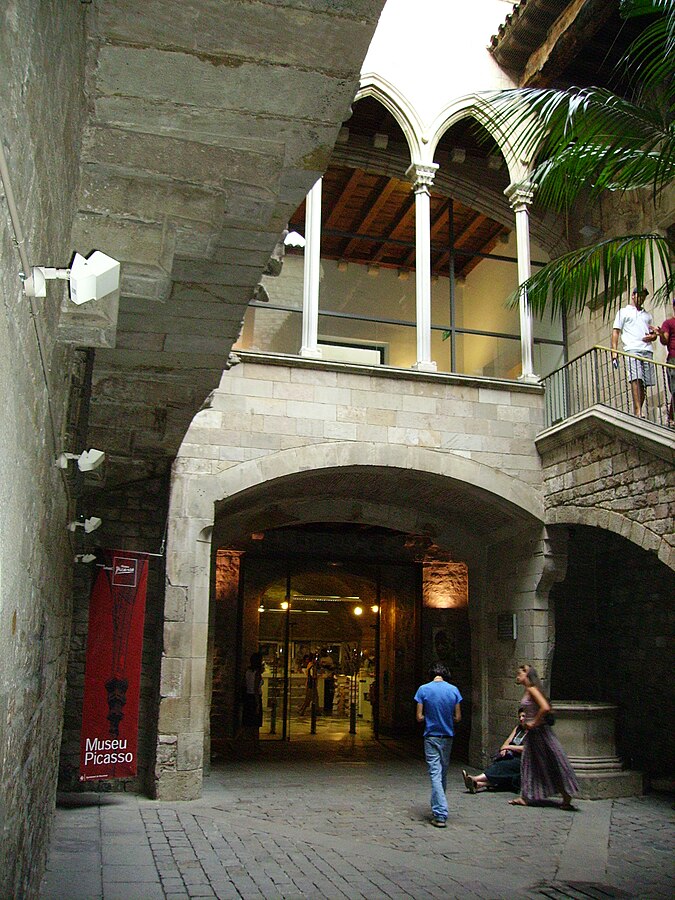
Introduction to Pablo Picasso: Early Life & Artistic Beginnings
Picasso was born on 25 October 1881 in the city of Málaga, Andalusia, in southern Spain, but as an adult, he spent most of his life in France. Pablo displayed prodigious talent by age seven. He was trained by his father, a painter who specialised in naturalistic depictions of birds and other games.
After the death of Picasso’s seven-year-old sister Conchita from diphtheria, which left him traumatised, the family moved to Barcelona, where his father Ruiz joined the School of Fine Arts. Pablo’s father then persuaded the officials at the academy to allow Pablo to take the entrance exam for the advanced classes. With his brilliant skills, Pablo already aced the entrance at just 13 within a week, which takes nearly a month for other students to complete. His father then rented a small room nearby for him to work alone. Both Picasso and his father frequently sat and argued about the paintings made by Picasso. He was then enrolled in one of the foremost schools in Madrid, the Real Academia de Bellas Artes de San Fernando.
Picasso’s career as a painter is said to have begun in 1894. His early work collections are now stored in the Museu Picasso in Barcelona. He created one of the most aesthetically eye-pleasing paintings, “First Communion” (1896), at 15 on his father’s advice for the Exhibition of Fine Arts in Barcelona. The painting consists of a large composition that depicts his sister, Lola. And in the same year, he painted “Portrait of Aunt Pepa,” which was called “without a doubt one of the greatest in the whole history of Spanish painting” by Juan-Eduardo Cirlot. Picasso once remarked, “All children are artists. The problem is how to remain an artist once he grows up.” His early masterpieces exemplify this notion—his ability to retain the uninhibited creativity of childhood while mastering the sophistication of fine art set him apart as a true visionary.
In 1897, his realistic style began reflecting a Symbolist influence, evident in a series of landscape paintings featuring non-naturalistic violet and green tones. This was followed by what some refer to as his Modernist period (1899–1900). His exposure to the works of Rossetti, Steinlen, Toulouse-Lautrec, and Edvard Munch, along with his admiration for old masters like El Greco, contributed to Picasso developing a unique approach to modernism in his works from this time. Then, his move to Paris in 1900 ignited a radical shift. This period, marked by poverty and introspection, laid the groundwork for his revolutionary style.
The Blue & Rose Periods (1901–1906)
Picasso’s “Blue Period” (1901–1904) reflected his emotional turmoil, using monochromatic blues in works like La Vie (1903) to depict despair. The same atmosphere is present in the well-known etching “The Frugal Repast” (1904), which portrays a blind man and a sighted woman, both emaciated, seated at an almost empty table. Blindness, a recurring theme in Picasso’s works from this period, is also depicted in The Blindman’s Meal (1903, Metropolitan Museum of Art) and the portrait of Celestina (1903). Other notable works from the Blue Period include “Portrait of Soler” and Portrait of “Suzanne Bloch.”
And by 1904, his “Rose Period” introduced lighter tones and style utilising orange and pink colours and featuring many circus people, acrobats and harlequins which can be seen in his works from that period including “Family of Saltimbanques”, a 1905 oil on canvas painting by Picasso. Currently, the painting is housed in the National Gallery of Washington, D.C.
Revolutionising Art: The Birth of Cubism
Cubism was a revolutionary approach established and co-founded by Pablo Picasso and Georges Braque, bringing different views of the subject, including objects or figures together in the same picture that could be seen in the paintings that appear fragmented and abstracted. The period began between 1907-8 with Picasso’s “Demoiselles D’Avignon ” painting which included elements of the Cubist style. This fragmented, geometric style—split into “Analytical” and “Synthetic” phases—redefined modern art.
The formal ideas that emerged during the African art and Primitive period directly influenced the development of the Cubist period. Analytic Cubism (1909–1912) was a painting style that Picasso and Georges Braque developed using a monochromatic palette of brownish and neutral tones. Both artists took apart objects and “analyzed” them in terms of their shapes. During this period, Picasso and Braque’s works shared significant similarities.
Synthetic Cubism is the later phase of Cubism (1912-14) and is characterised by simpler shapes and brighter colours. Synthetic cubist works also often include collaged real elements such as newspapers. The direct inclusion of real objects in art was the start of one of the most important ideas in modern art.
Picasso’s Iconic Works and Global Fame
Picasso’s use of the minotaur, which replaced the harlequin, came partly from his contact with the surrealists and appeared in Picasso’s Guernica. The minotaur and Picasso’s mistress, Marie-Thérèse Walter, were heavily featured in his celebrated “Vollard Suite” of etchings. Picasso’s “Guernica” (1937), a visceral anti-war mural, remains his most searched masterpiece, symbolising the horrors of the German bombing during the Spanish Civil War. His later works, like “The Weeping Woman” (1937), blended surrealism and political commentary. The picture is in the Tate Collection, London.
Later Years and Prolific Output
Picasso’s final works were a mixture of styles, his means of expression in constant flux until the end of his life. His works were more colourful and expressive, and from 1968 to 1971, he produced a torrent of paintings and hundreds of copperplate etchings. Even in his 80s, Picasso produced thousands of works, experimenting with ceramics, printmaking, and sculpture. His 1968’s 347 Series etchings, exploring themes of eroticism and mythology, are auction highlights.
Legacy: Shaping Modern Art and Culture
Picasso was one of the first artists to receive a special honour exhibition at the Grand Gallery of the Louvre Museum in Paris to celebrate his 90 years. In 2003, Picasso’s relatives inaugurated the museum Museo Picasso Málaga, in Málaga, Spain, in honour of dedicating to him. And as of 2015, Picasso remained the top-ranked artist (based on sales of his works at auctions) according to the Art Market Trends report.
Picasso’s influence extends across art, design, and pop culture, shaping the evolution of contemporary and modern art. His creative styles transcend realism and abstraction, Cubism, Neoclassicism, Surrealism, and Expressionism.
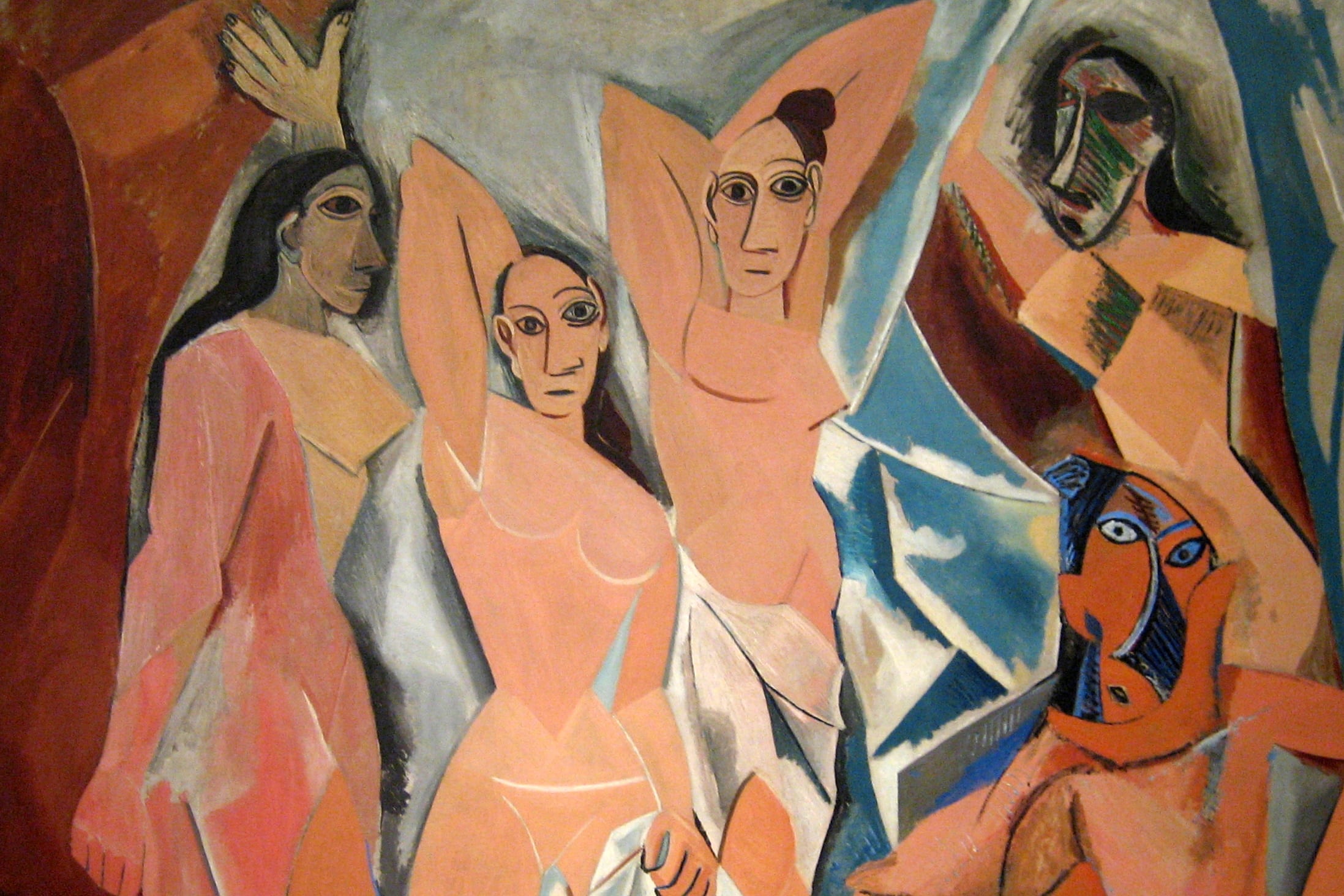
Picasso’s Influence: Art, Auction, Endurance
Several Picasso paintings rank among the most expensive in the world. “Garçon à la pipe” sold for US$104 million at Sotheby’s on 4 May 2004. “Dora Maar au Chat” sold for US$95.2 million at Sotheby’s on 3 May 2006.
In March 2018, his “Femme au Béret et à la Robe Quadrillée” (1937), a portrait of Marie-Thérèse Walter, sold for £49.8m at Sotheby’s in London.
Picasso’s legacy remains unparalleled, influencing countless artists and shaping the course of modern art. His ability to reinvent styles, from Cubism to Surrealism, showcased his boundless creativity and vision. Beyond painting, his impact extends to design, sculpture, and even popular culture. His works continue to be studied, celebrated, and reinterpreted, proving his relevance across generations. Picasso not only revolutionised artistic expression but also redefined how we perceive reality. His genius ensures that his art remains as timeless as his influence.
Picasso once stated, “There is no abstract art. You must always start with something. Afterward, you can remove all traces of reality.” His later works embody this philosophy—while his forms became more liberated and expressive, they were always rooted in a foundation of reality. His ability to strip away the unnecessary while preserving the essence of his subjects defined his lasting artistic legacy.
At Elisium Art, we celebrate artistic pioneers like Picasso, bringing the best of art to the world. Through our platform, we bridge the gap between artistic expression and appreciation, offering insights into great artists’ lives, works, and influences. Whether you are an art enthusiast, collector, or creator, Elisium Art is your gateway to a world where creativity knows no bounds.



